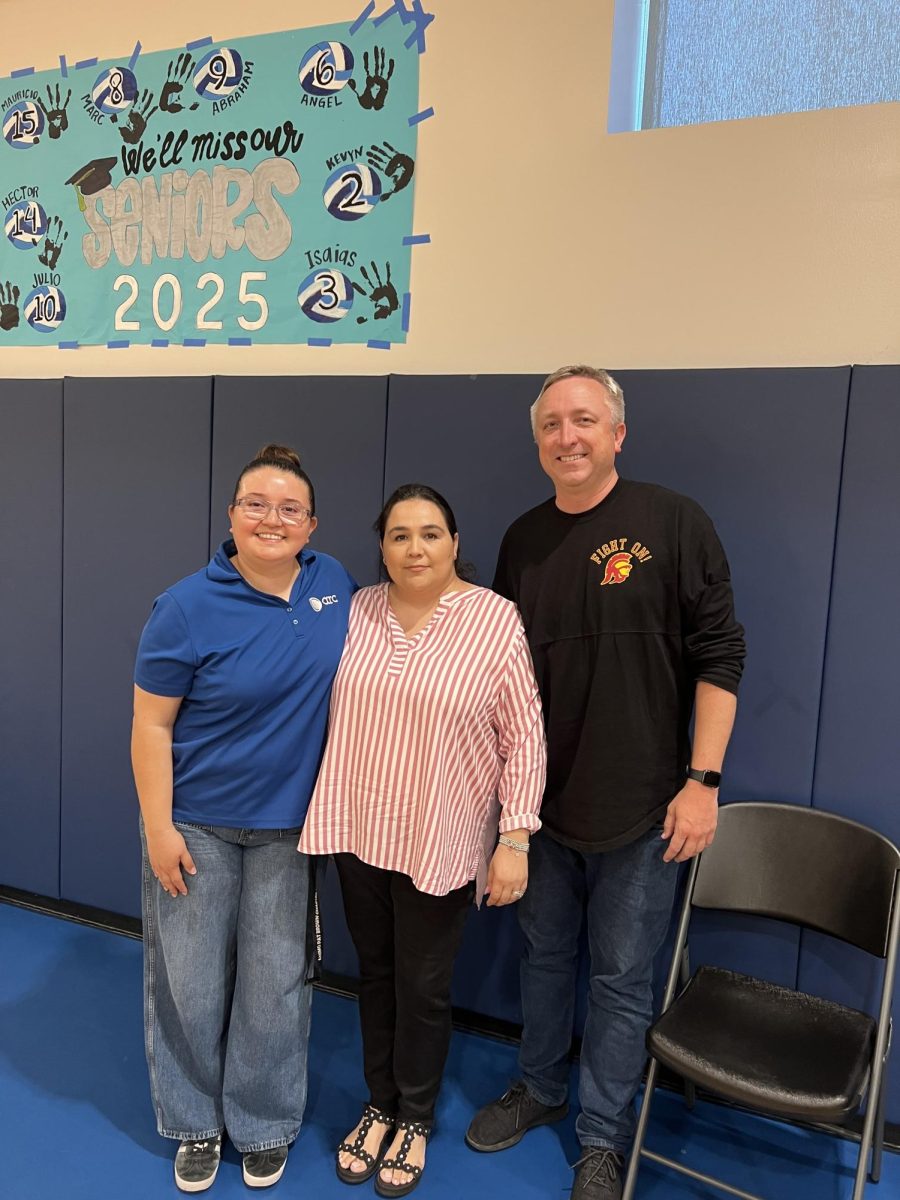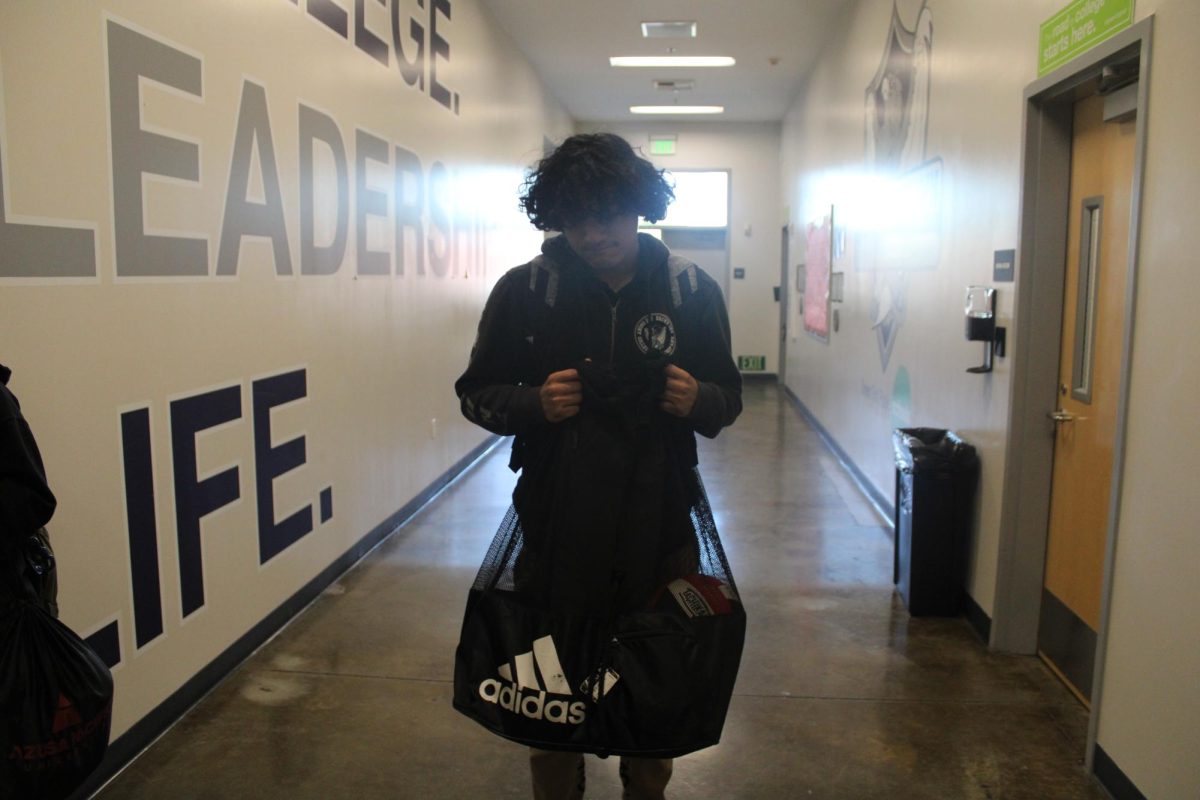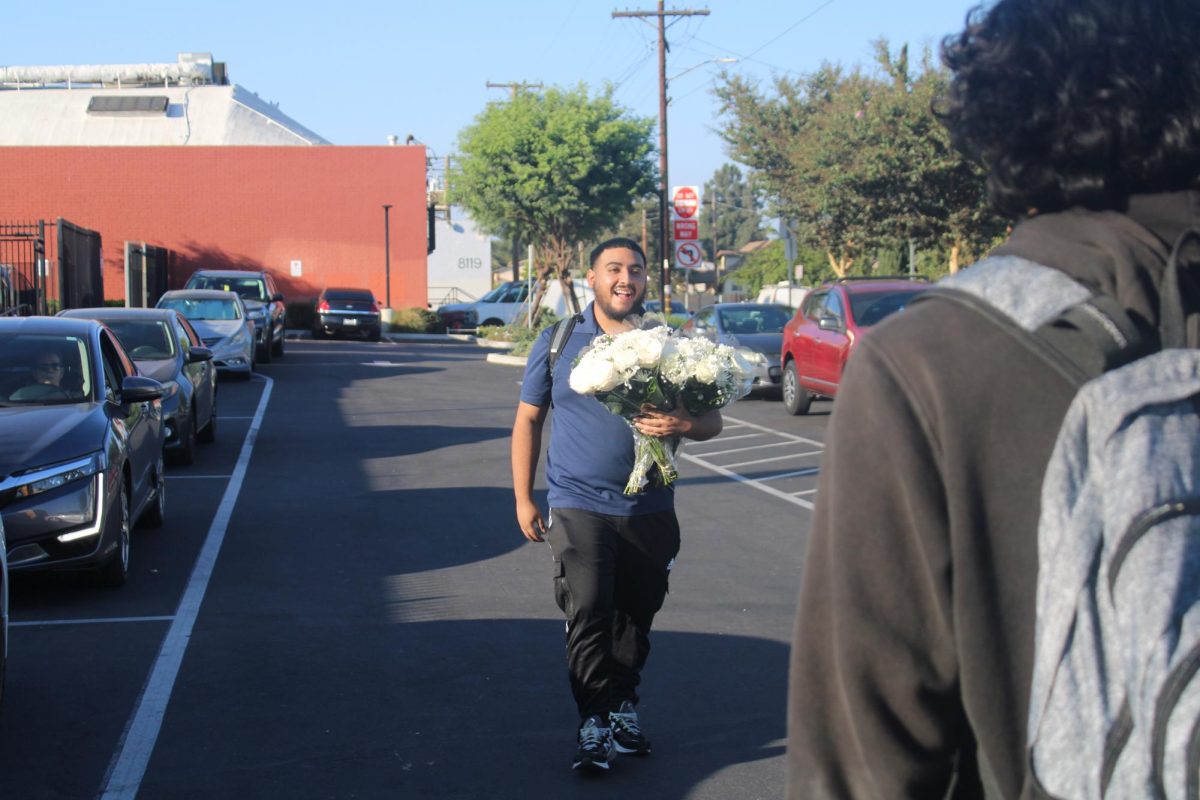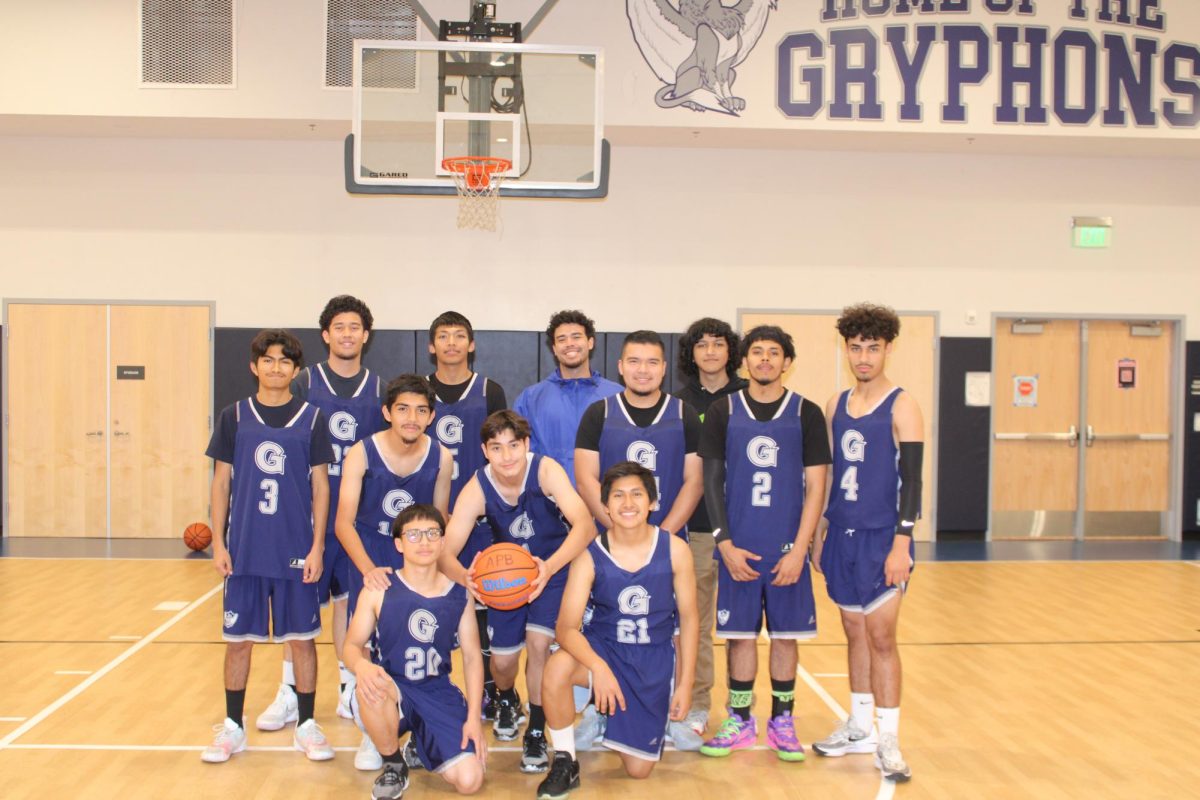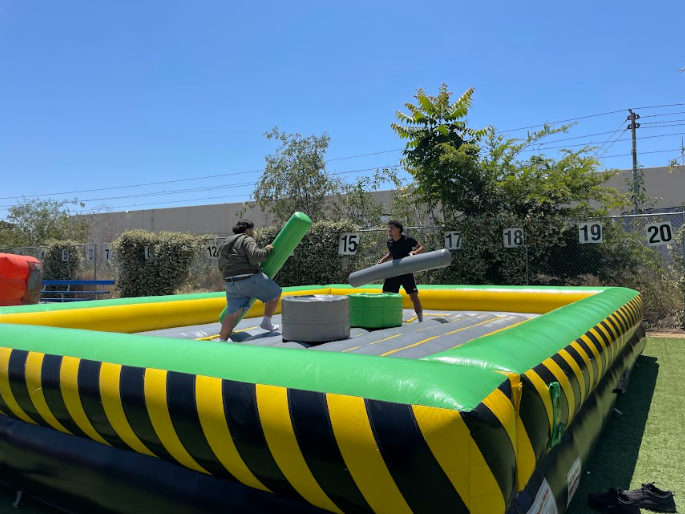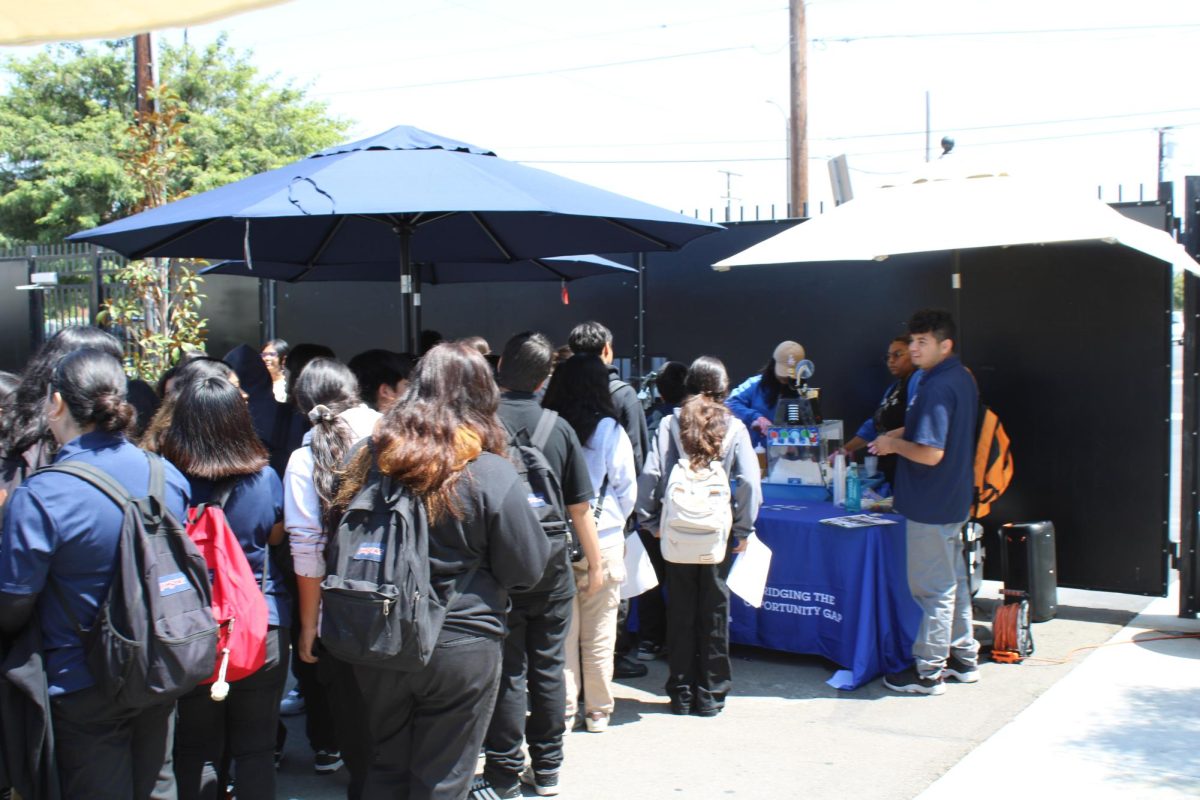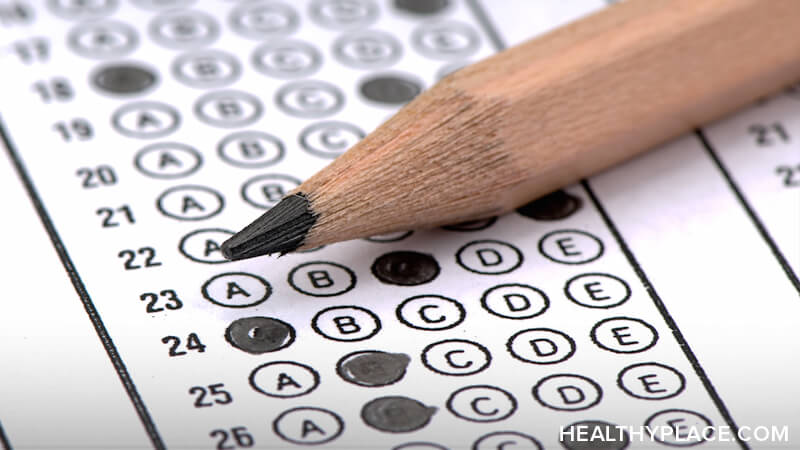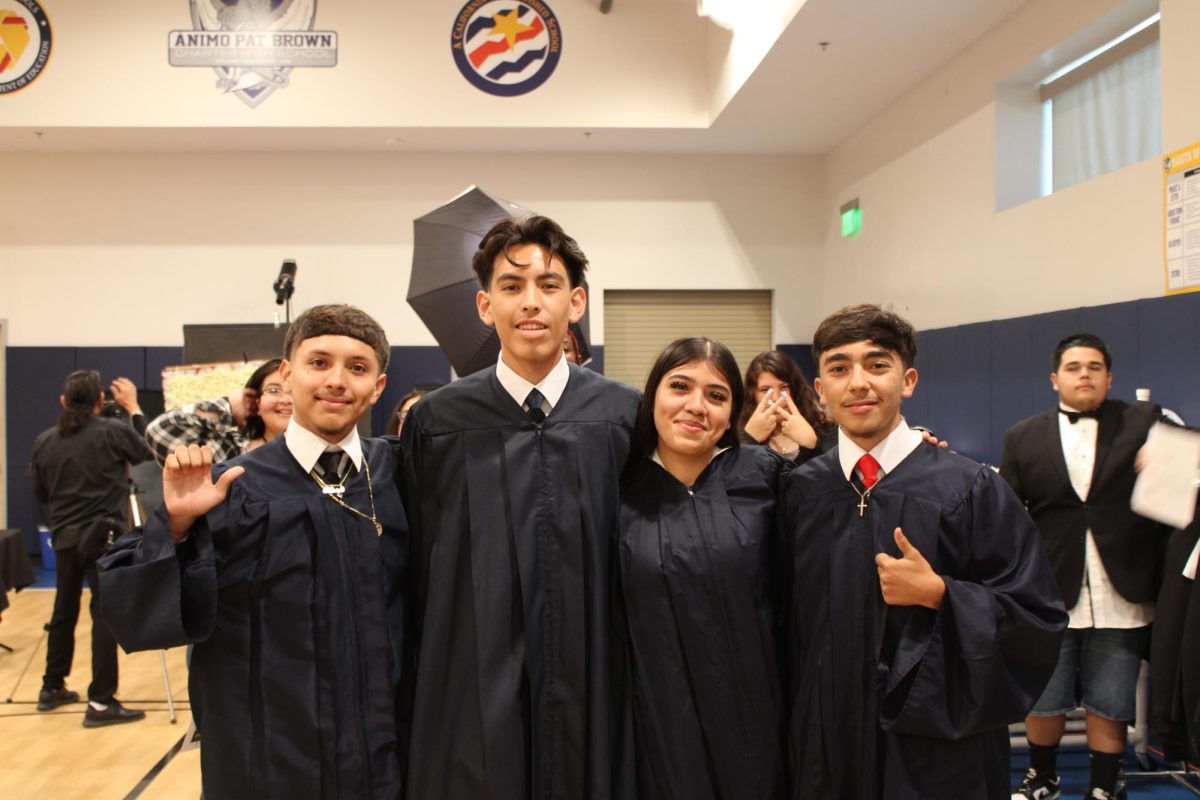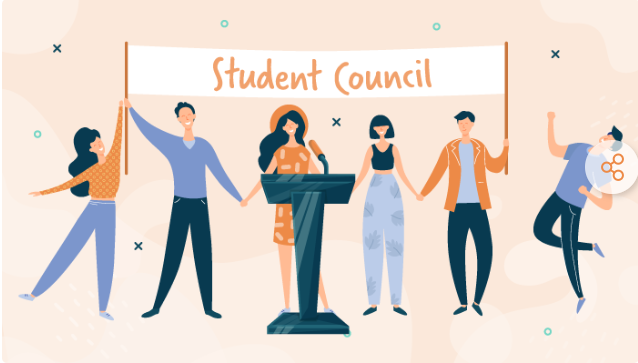Students struggle as classes are moved online due to the coronavirus pandemic.
By: Joana Perez, Ahtziri Gomez, Manuel Perez, Anthony Gutierrez
The current pandemic has immensely impacted students this school year; students not just at Animo Pat Brown, but in the entire world, now have to conform to distance learning to avoid exposure to COVID-19, which causes students to struggle to obtain the knowledge needed to graduate.
Distance learning can only be effective if students invest their time into the classes they are taking. Some difficulties about distance learning are the constant distractions around students that make them procrastinate. With no faculty around for face to face interactions or classmates constantly reminding students for upcoming assignments makes distance learning difficult.
On the other hand, traditional, in-class learning utilizes the long established technique of on campus classroom meetings and is more structured than distance learning programs. A freshman in college, Braulio Perez stated, “I feel like I don’t learn during online classes because I don’t interact with the teacher like in real school.” There is a feeling of miscommunication between students and teachers, with students not knowing how to reach out or remaining confused even after they’ve asked for help.
Just like students struggle with learning, teachers also struggle with teaching. According to a teacher at Animo Pat Brown, Ms. Magdaleno, “What I have found the most difficult when trying to interact with students is not being able to see my students’ faces and body language. I don’t know if I’m going too fast or too slow for some students.” This can be very difficult for teachers especially considering the fact almost all students choose to keep their cameras off because they feel uncomfortable showing their faces.
An ongoing struggle between students and teachers is issues with technology. Students and teachers often find themselves having trouble with zoom and other resources needed to learn during the class. This causes teachers to not be able to fully interact and become unsure if students are able to comprehend the lesson.
Ms. Magdaleno, a teacher at Animo Pat Brown, states, “I also feel helpless sometimes that I can’t help students with things that are out of their control like technology issues or things that they have to do around the house for their parents or siblings. All we can do is help when we can and try to be supportive.”
Kai Sanchez, a 14 year old student, takes her Spanish course online on April 1st. Photo: Brain Feulner/ San Francisco Chronicle/Polaris
Technology issues contribute to communication challenges because some students’ microphone or wifi isn’t fully working. Additionally, it is easier to stay quiet and follow along even if that means not paying attention. This is a serious issue because students are at the point where they are not taking education seriously since there is no teacher face to face or classmates pushing them to do their best.
Schools districts here in Los Angeles have worked very hard to provide enough technology for students to learn online. They provide laptops, tablets, and even mobile wifi.
This helps those who aren’t able to afford or don’t have access to technology or wifi, but a big portion of education isn’t the technology the school provides. School provides a quiet environment where students can focus and learn what they are being taught.
There is a large portion of students who struggle to find this space at home especially in the Latinx community. Not all students have a place to study due to how many people they live with or even siblings taking online classes at the same time they are. Most of the time, students can hear family members talking in the background when called on by teachers to participate or when students unmute themselves to ask a question.
Students may also have younger siblings who may not go to school and parents have to work to provide, so they find themselves distracted and away from their devices. Those with more money can afford to send their kids to a child care center, but due to the pandemic and low incomes this isn’t possible for lots of families here in South Central Los Angeles.
Additionally parents take advantage of distance learning and make their students take their classes in the car so they can go buy things they need like food and other necessities.
Due to the online barrier, many students have found it easier to disrupt classes. Those students understand that there are minimal consequences for their actions so they come off mute or type in the zoom chat some inappropriate things.
Those trying to learn have to go with it and wait until the teacher does something about it. Teachers usually mute the students and give a warning because there is nothing else they can do. This causes students to feel frustrated because they want to listen and learn, but there’s is nothing they can do to control it. These disruptive students are also not reprimanded for getting distracted which only furthers the problem.
Drawing of a lady writing in a notebook in front of a computer in her room. Nabeeha Anwar Design Editor, The Daily Orange
Majority of K-12 students still haven’t learned how to manage their time and responsibilities. They put everything above their classes. Many fellow peers may prefer sleeping a little longer (potentially skipping class), going out with friends and family or playing video games over doing their work. An anonymous student at Animo Pat Brown says the only way she gets her homework done is by using her time wisely and having self discipline. She explains that although she likes having free time, she knows her future self would thank her.
Traditional, in-class learning has been around for all of these students’ lives. Because of this, students are used to learning on campus in an assigned classroom where all students are focused and asking questions. Despite the disdain they may have for things such as uniforms or early school starts, students can clear up their mind at school and forget about the problems they face off of school grounds.
Despite the many disadvantages to distance learning, some students find it easier to attend school, what with the ease of waking up to a zoom class without even having to get ready if they’d like, but this at-home comfort creates a new set of problems. When students attend school, they associate it with stress. Once they leave, home becomes a place to relax. However, now that students are online, they struggle to disassociate stress from home, not having that much-needed separation anymore.
Some students find distance learning more tiring than attending school. According to a student at APB, Dyreen Valdez states, “…it honestly gets me more exhausted and I feel less motivated to do my work and stay focused on the lesson. I find it harder to communicate with people online.”
Many students complain that their eyes feel tired and that they are having more headaches than usual. Fatigue from staring at a laptop all day only creates another reason why students don’t want to log on to school, but all students are staying strong and fighting for their education anyway they can.
Due to the Coronavirus outbreak students have been dealing with tremendous drawbacks in their education. As the pandemic continues to occur and students are put to face these challenges, students now have to adapt to this new way of learning.

